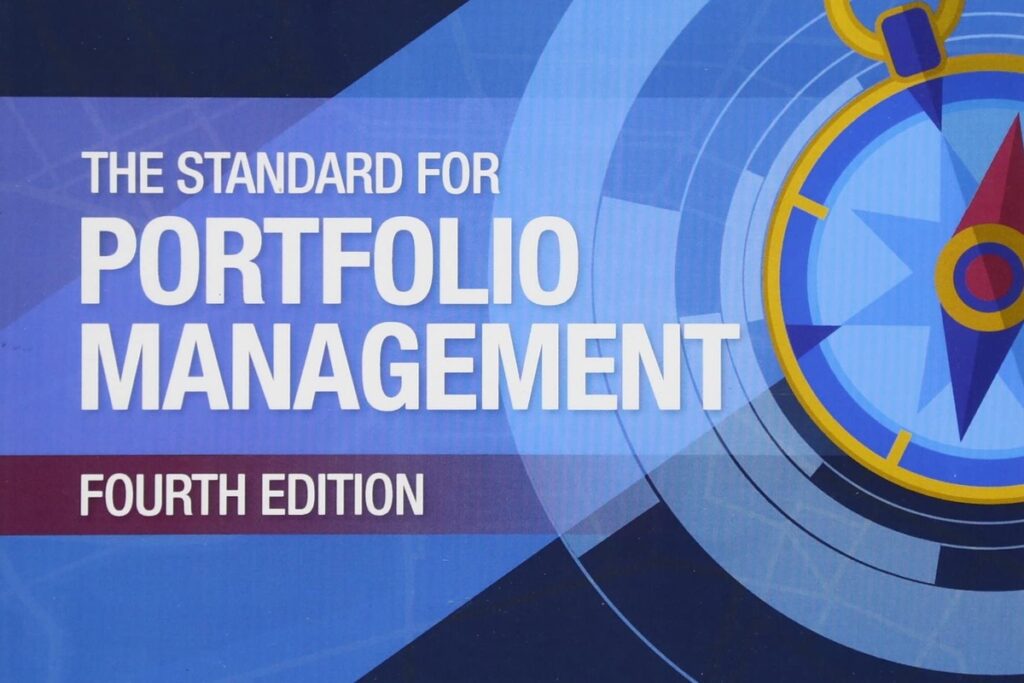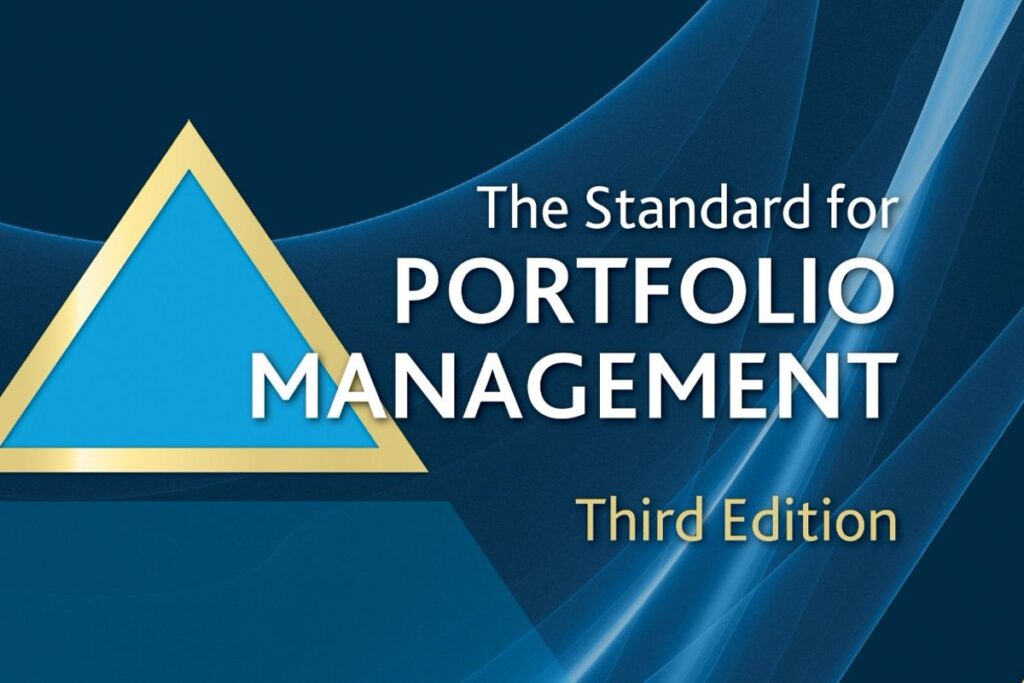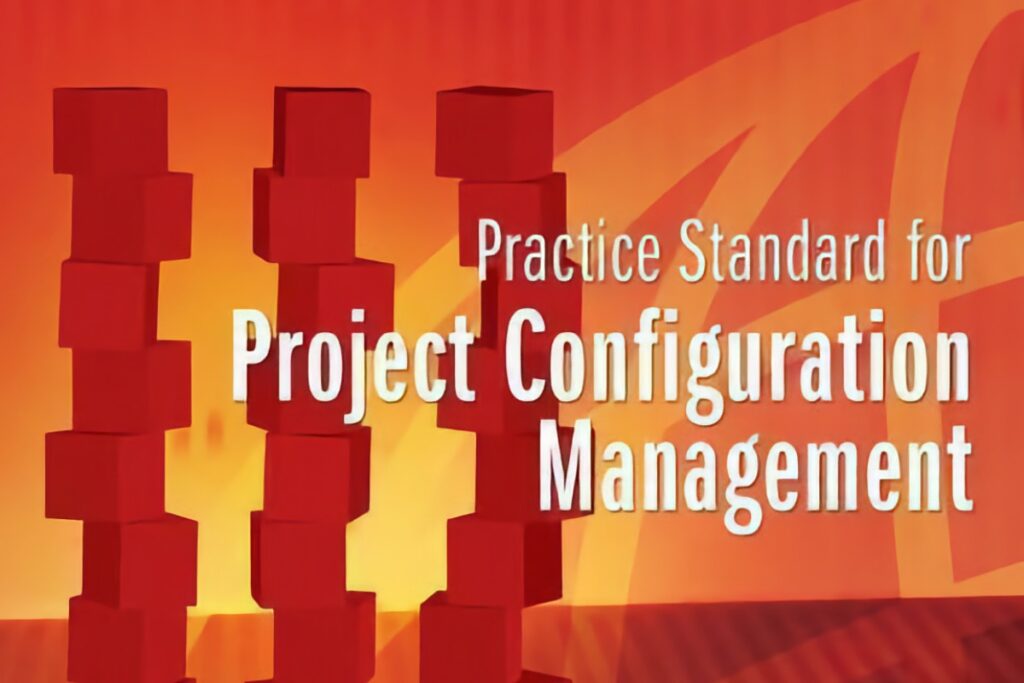As organizations navigate digital transformation, evolving stakeholder expectations, and competitive market shifts, strategic alignment across initiatives has become a boardroom priority. The Standard for Portfolio Management – Fourth Edition, published by the Project Management Institute (PMI) in 2017, offers a globally recognized framework for selecting, prioritizing, and managing portfolios of projects and programs to achieve strategic objectives.
This edition remains the most current as of 2025 and is widely used by PMOs, executives, and enterprise-level decision-makers.
What Is Portfolio Management?
Portfolio management is not about managing individual projects or programs—it’s about governing them as a coordinated whole to maximize organizational value. PMI defines a portfolio as “projects, programs, subsidiary portfolios, and operations managed as a group to achieve strategic objectives.”
The portfolio is a dynamic decision-making structure that evaluates resource allocation, risk, value, and performance to ensure every initiative supports the enterprise strategy.
Structure of the Fourth Edition
The Fourth Edition is divided into two main sections:
- The Standard for Portfolio Management
- Outlines five portfolio management process groups (aligning with PMI’s traditional structure):
- Define
- Align
- Authorize
- Monitor
- Optimize
- Outlines five portfolio management process groups (aligning with PMI’s traditional structure):
- Portfolio Management Knowledge Areas
- Eight knowledge areas provide deeper process guidance:
- Portfolio Strategic Management
- Portfolio Governance Management
- Portfolio Performance Management
- Portfolio Communication Management
- Portfolio Risk Management
- Portfolio Financial Management
- Portfolio Resource Management
- Portfolio Stakeholder Engagement
- Eight knowledge areas provide deeper process guidance:
Each knowledge area includes inputs, tools and techniques, and outputs (ITTOs), much like the PMBOK® Guide.
Key Strengths
✅ Strategic Alignment at the Core
The guide places strategic alignment front and center, helping organizations evaluate initiatives based on business value, alignment with goals, and strategic impact—not just execution feasibility.
✅ Governance Framework
It offers a mature governance model to support executive-level decision-making, including portfolio steering committees, KPIs, thresholds for go/no-go decisions, and benefits realization tracking.
✅ Resource Optimization
With a focus on enterprise-level capacity planning, it helps organizations manage resource constraints and interdependencies across initiatives.
✅ Risk Management at the Portfolio Level
The guide introduces risk from a macro perspective, identifying systemic risks that affect entire portfolios rather than isolated project-level threats.
✅ Standardized Decision Criteria
It supports formal scoring models, weighting mechanisms, and prioritization grids to help executives choose which initiatives to fund and which to shelve.
Limitations
❌ Heavy Process Focus
Like earlier PMI guides, the Fourth Edition adheres to a process-based model, which can appear rigid or complex for organizations operating in agile or rapidly shifting environments.
❌ Limited Agile/Hybrid Integration
There is little mention of adaptive methodologies, despite their growing importance in portfolio delivery. Modern concepts like Lean Portfolio Management or Agile Portfolio Operations (e.g., SAFe) are absent.
❌ Underdeveloped Guidance on Change
The guide lacks detail on change agility and portfolio-level responses to emerging disruption—a critical issue for today’s digital businesses.
Ideal Use Cases
This standard is especially effective for:
- Enterprise PMOs establishing governance frameworks.
- Public sector and regulated industries requiring portfolio-level oversight.
- Executives and steering committees needing objective criteria for investment decisions.
- Organizations with mature project/program management practices looking to scale strategic value delivery.
Less effective for:
- Startups and agile-native organizations
- Teams practicing continuous delivery or Lean/DevOps
- Rapidly evolving environments where formal processes may delay decisions
Comparison with Other PMI Standards
| Area | Portfolio Management | Program Management | Project Management (PMBOK) |
|---|---|---|---|
| Primary Focus | Strategic selection and optimization | Coordinated delivery of related projects | Execution of individual projects |
| Time Horizon | Long-term (multi-year) | Medium-term | Short to medium-term |
| Success Metric | Value realization, strategic alignment | Benefit realization | Deliverables and objectives |
| Governance | Executive oversight | Program governance board | Project sponsor and manager |
| Risk | Strategic/systemic | Integrated/project-level | Project-level |
Alignment with PMI’s Value Delivery System
While the standard predates PMBOK 7, it aligns well with PMI’s Value Delivery System by:
- Connecting strategy to execution
- Enabling continuous portfolio optimization
- Focusing on benefits, risk, and adaptability
Final Verdict
The Standard for Portfolio Management – Fourth Edition is a robust, strategic framework for organizations seeking to deliver consistent, measurable value from their investments in projects and programs. While its process-centric structure may feel dated in agile contexts, it remains a vital tool for governance, prioritization, and enterprise resource management.
Organizations with complex, cross-functional initiatives—and a need to balance risk, opportunity, and capacity—will find this standard indispensable. However, those pursuing digital agility should supplement it with newer practices like Lean Portfolio Management or value stream governance.
As the world moves from project delivery to value delivery, this standard offers a structured foundation for making the right bets—and knowing when to change them.




